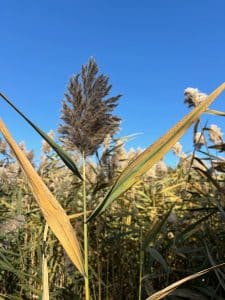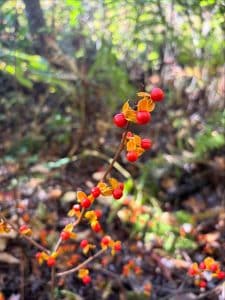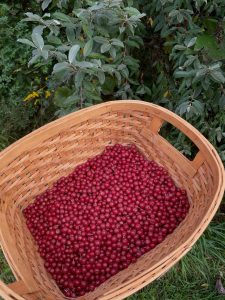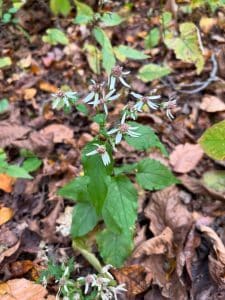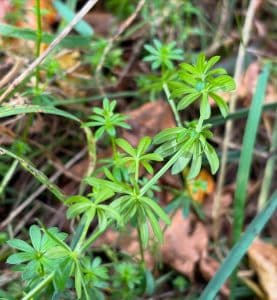Page Created by Connecticut Foraging Club
Upcoming Events | Meet the Instructors | Plant Archive | Mushroom Archive
----------------
Upcoming Events | Meet the Instructors | Plant Archive | Mushroom Archive
----------------
Honey mushrooms (Armillaria mellea) are an edible and medicinal mushroom that fruits late August-November.
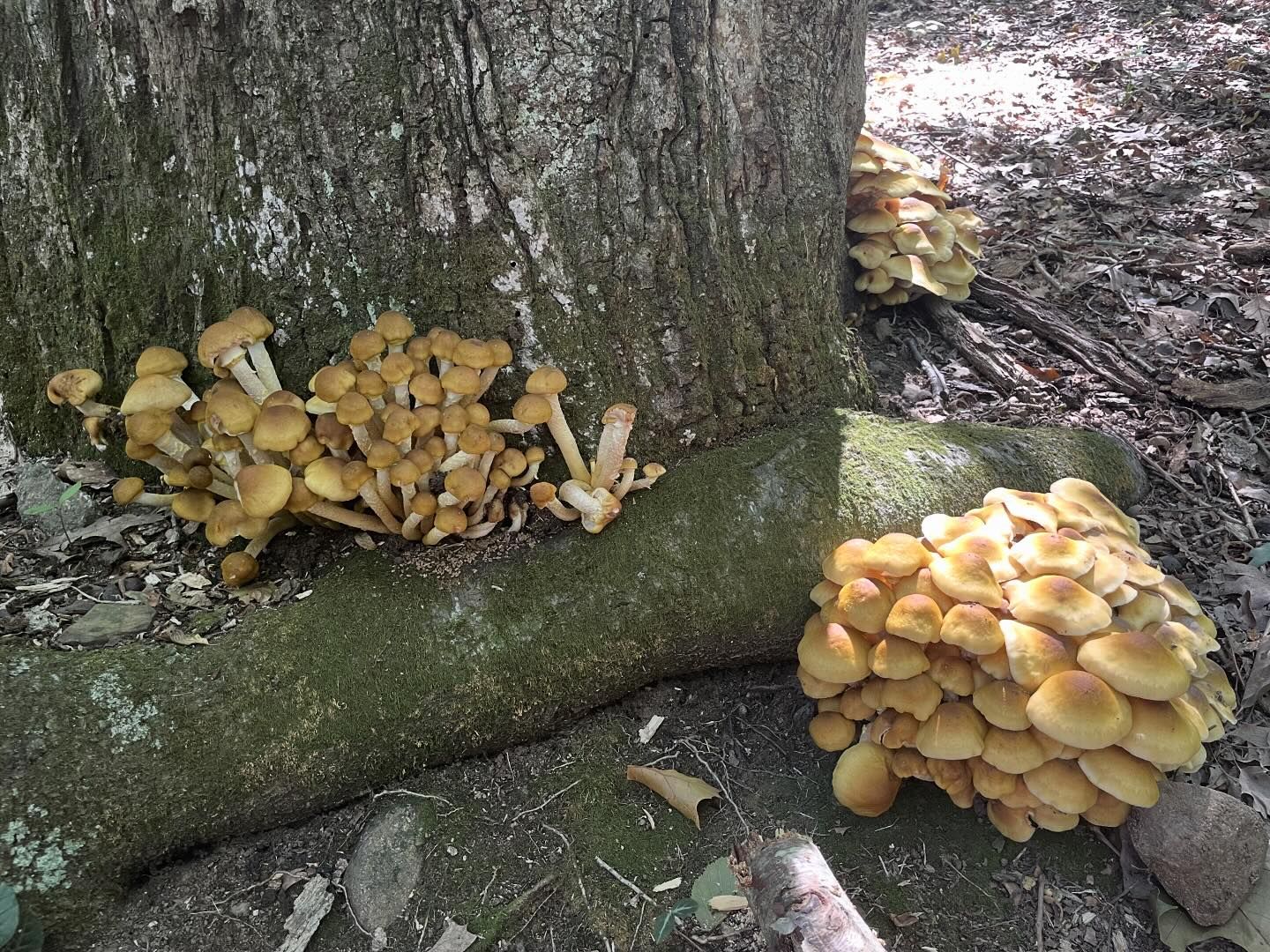
Honey mushrooms can be parasitic or saprobic. They can grow with a wide variety of tree species, but are commonly found with oak, beech, and fruit trees. They often grow in dense clusters at the base of stumps and trees.
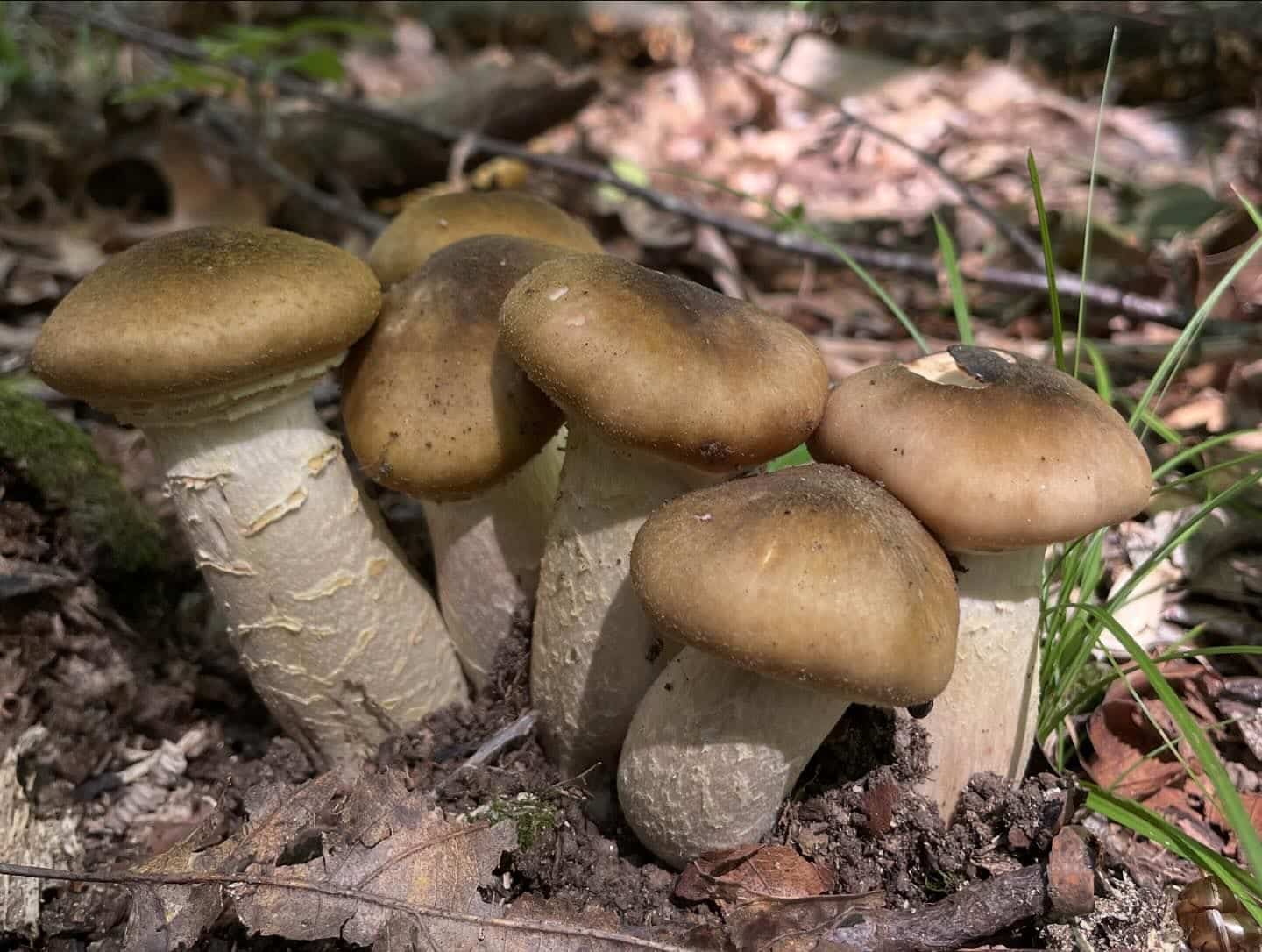
The cap color ranges from a burnt amber to yellow. There are small black hairs in the center of the cap. Gills are white and slightly decurrent. There is a veil that covers the gills when the mushroom is young. Spores are white, which can be seen deposited on older honey mushrooms.

Honey mushrooms are best harvested when the cap is convex, and the veil is covering the gills. As the mushroom ages, the texture worsens, and the mushroom may become more likely to cause GI upset. The stem should be cut to make sure there is no bug damage. The stem is usually discarded as it is tough and fibrous.

Raw and undercooked honey mushrooms are toxic. Mushrooms must be cooked at least 10 minutes. They can be blanched or sautéed. The mushroom has a mucilaginous texture which works well in soups and cream sauces. The flavor is rich with a slightly sweet finish. The mushroom can be dried to preserve.
Some people experience GI upset from consuming honey mushrooms, so only a small amount should be consumed the first time.
Honey mushrooms have been found to have anti-cancer, anti-diabetic, and anti-depressant properties. They have been used to treat insomnia, regulate cholesterol, and improve brain health.
Honey mushrooms must be differentiated from the Deadly Galerina (Galerina marginata). The deadly Galerina grows scattered on logs. The caps lack the small hairs that honey mushrooms have. The deadly Galerina has brown gills and a brown spore print. The mushroom is also smaller, with a thin and dark stem.
--
Written by Amy Demers, founder of the Connecticut Foraging Club. To learn more about foraging in Connecticut, check out our upcoming classes.


